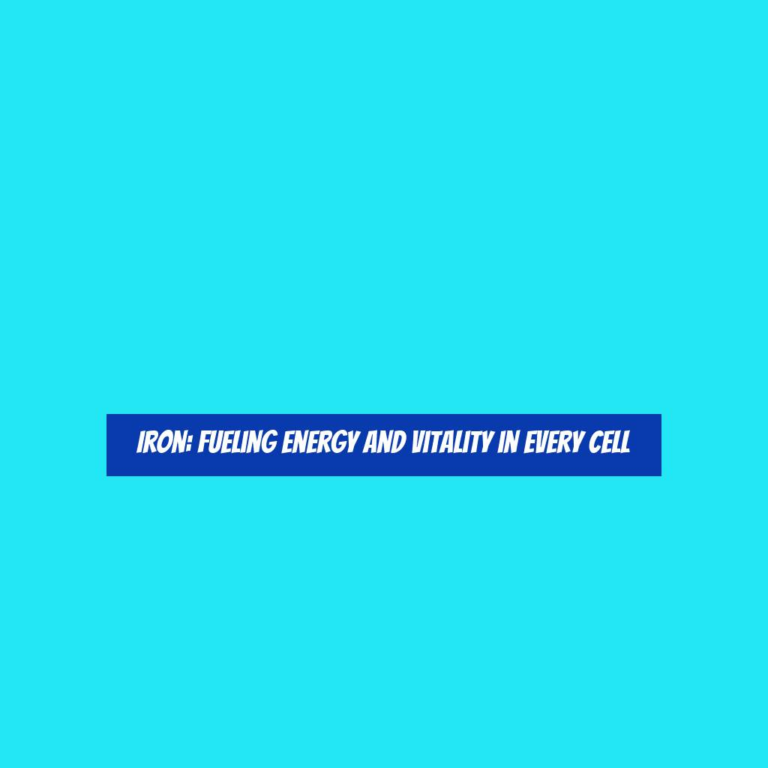Mapping Nutrient Pathways: Exploring Absorption Sites in the Body
Imagine youG??ve just finished a hearty meal of grilled salmon, steamed vegetables, and quinoa. As you sit back and relax, have you ever wondered how your body absorbs and utilizes the nutrients from that meal?
Understanding the intricate pathways through which nutrients are absorbed in the body can provide valuable insights into how we can optimize our diet for better health and wellness.
By exploring the absorption sites in the body, we can uncover the fascinating journey that nutrients take from the moment they enter our digestive system to their distribution in the circulatory system.
This exploration not only sheds light on the remarkable complexity of our bodies but also offers practical implications for making informed dietary choices.
Digestive System Absorption
As you digest food, your body actively absorbs nutrients from the small intestine into the bloodstream, providing essential elements for bodily functions. The small intestine is a key player in this process, with its vast surface area lined with tiny finger-like projections called villi. These villi are covered in even smaller microvilli, creating a large surface area for absorption.
As the partially digested food, known as chyme, moves through the small intestine, nutrients such as carbohydrates, proteins, fats, vitamins, and minerals are absorbed into the bloodstream.
One of the primary sites of absorption is the duodenum, the first part of the small intestine, where bile and pancreatic enzymes further break down food particles to aid in absorption. The walls of the small intestine are equipped with transport systems that actively move specific nutrients from the intestinal lumen into the bloodstream.
For example, glucose and amino acids are absorbed through active transport, while fats are absorbed through a combination of passive diffusion and specific transport mechanisms.
Small Intestine Absorption
The small intestine actively absorbs nutrients from the chyme into the bloodstream, facilitated by its extensive surface area and specialized transport systems.
This absorption primarily occurs in the duodenum and jejunum, the first two sections of the small intestine. The duodenum receives chyme from the stomach and is the site where bile from the liver and digestive enzymes from the pancreas are introduced to further break down nutrients.
The jejunum, on the other hand, is responsible for the majority of nutrient absorption. Its walls are lined with villi and microvilli, which significantly increase the surface area available for absorption. These tiny, finger-like projections are covered in epithelial cells that contain specialized transporters for different nutrients like glucose, amino acids, and fatty acids.
As chyme moves through the small intestine, these nutrients are actively transported across the intestinal wall and into the bloodstream, where they can then be distributed to cells throughout the body.
The efficiency of small intestine absorption is crucial for ensuring the body receives essential nutrients for energy, growth, and overall function.
Large Intestine Absorption
Large Intestine Absorption plays a crucial role in the final stages of nutrient processing and waste elimination, complementing the small intestineG??s absorption functions. As the journey of nutrients through the digestive system nears its end, the large intestine steps in to carry out essential absorption processes.
HereG??s what you need to know:
-
Water and Electrolyte Absorption: The large intestine is primarily responsible for reabsorbing water and electrolytes from the undigested food remnants passing through it, ensuring that your body retains essential fluids and minerals.
-
Vitamin Production: Within the large intestine, beneficial bacteria help produce certain vitamins, such as vitamin K and some B vitamins. These vitamins play a crucial role in various bodily functions, including blood clotting and energy metabolism.
-
Waste Compaction and Storage: The large intestine is where waste material is further dehydrated and compacted into feces before being stored until elimination. This process helps maintain the bodyG??s fluid balance and ensures efficient waste removal.
Understanding the significant role of the large intestine in nutrient absorption and waste management underscores its vital contribution to overall digestive health and bodily function.
Liver and Nutrient Processing
In your body, the liver actively processes and transforms nutrients, playing a pivotal role in regulating essential metabolic functions.
As nutrients are absorbed into the bloodstream from the small intestine, theyG??re carried directly to the liver through the portal vein. Once in the liver, these nutrients undergo a series of complex biochemical processes.
The liver is responsible for converting glucose into glycogen for storage, synthesizing proteins crucial for blood clotting and transport, and metabolizing fats into energy. Additionally, the liver plays a significant role in detoxifying harmful substances, such as alcohol and drugs, making them less harmful to the body.
Moreover, it regulates the levels of amino acids and other essential nutrients in the bloodstream, ensuring a balanced and stable internal environment. The liverG??s ability to metabolize and store nutrients allows for a continuous supply of energy and vital molecules to be released into the bloodstream as needed.
Its intricate processing functions make the liver an indispensable organ for overall health and well-being.
Circulatory System Distribution
After the liver processes and transforms nutrients, theyG??re distributed throughout the body via the circulatory system, ensuring a continuous supply of energy and vital molecules. This distribution is crucial for maintaining the bodyG??s functions and overall health.
HereG??s how the circulatory system efficiently delivers nutrients to the different parts of your body:
-
Bloodstream Transport: Once nutrients are processed in the liver, theyG??re released into the bloodstream, which acts as a highway, transporting them to various tissues and organs. This ensures that all parts of your body receive the necessary nutrients for optimal functioning.
-
Capillary Exchange: As the bloodstream reaches different tissues, it delivers nutrients to the cells through capillaries. The exchange of nutrients occurs as they pass through the thin walls of the capillaries, providing essential resources to sustain cellular activities.
-
Feedback Mechanisms: The circulatory system also plays a role in regulating nutrient levels. It can adjust the distribution of nutrients based on the bodyG??s needs, ensuring that each part receives the right amount at the right time.
Understanding how the circulatory system distributes nutrients is vital for appreciating the intricate mechanisms that sustain our bodies.
Conclusion
So, now you know how nutrients travel through your body. From the digestive system to the small and large intestine, and then to the liver for processing before being distributed throughout the circulatory system.
ItG??s amazing to think about the complex pathways our body uses to absorb and utilize essential nutrients. Keep fueling your body with the right nutrients to keep it running smoothly and efficiently.




